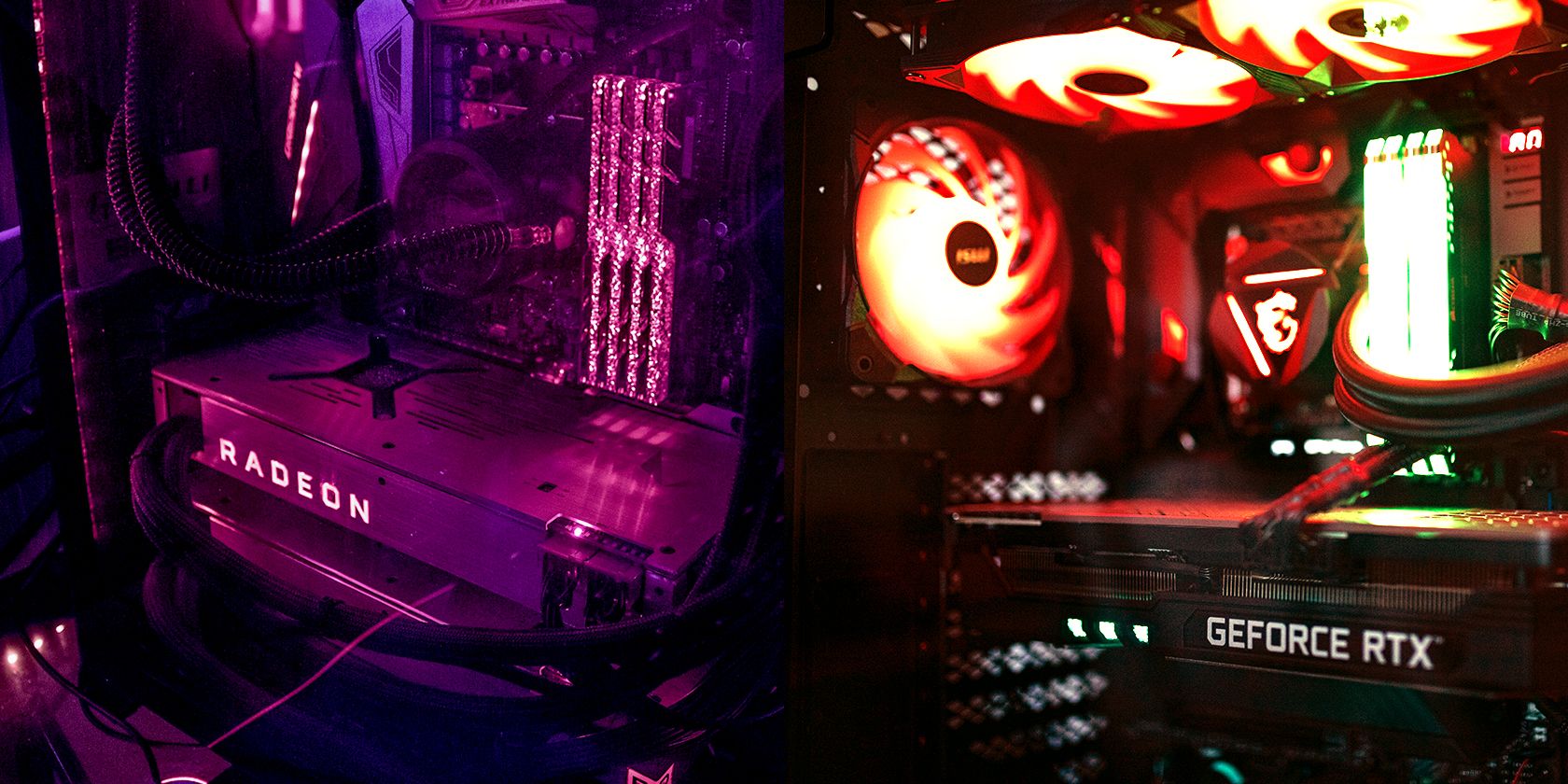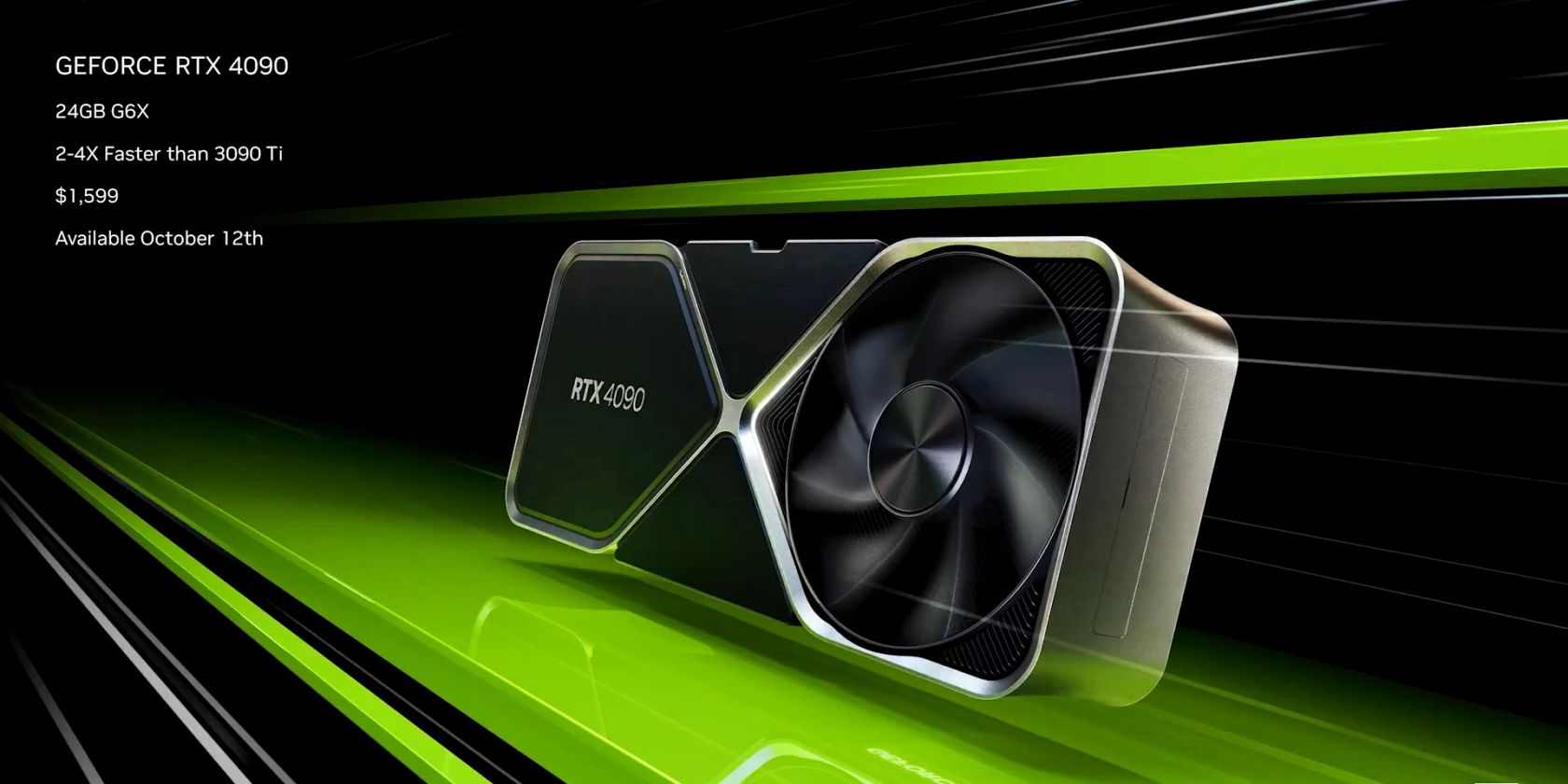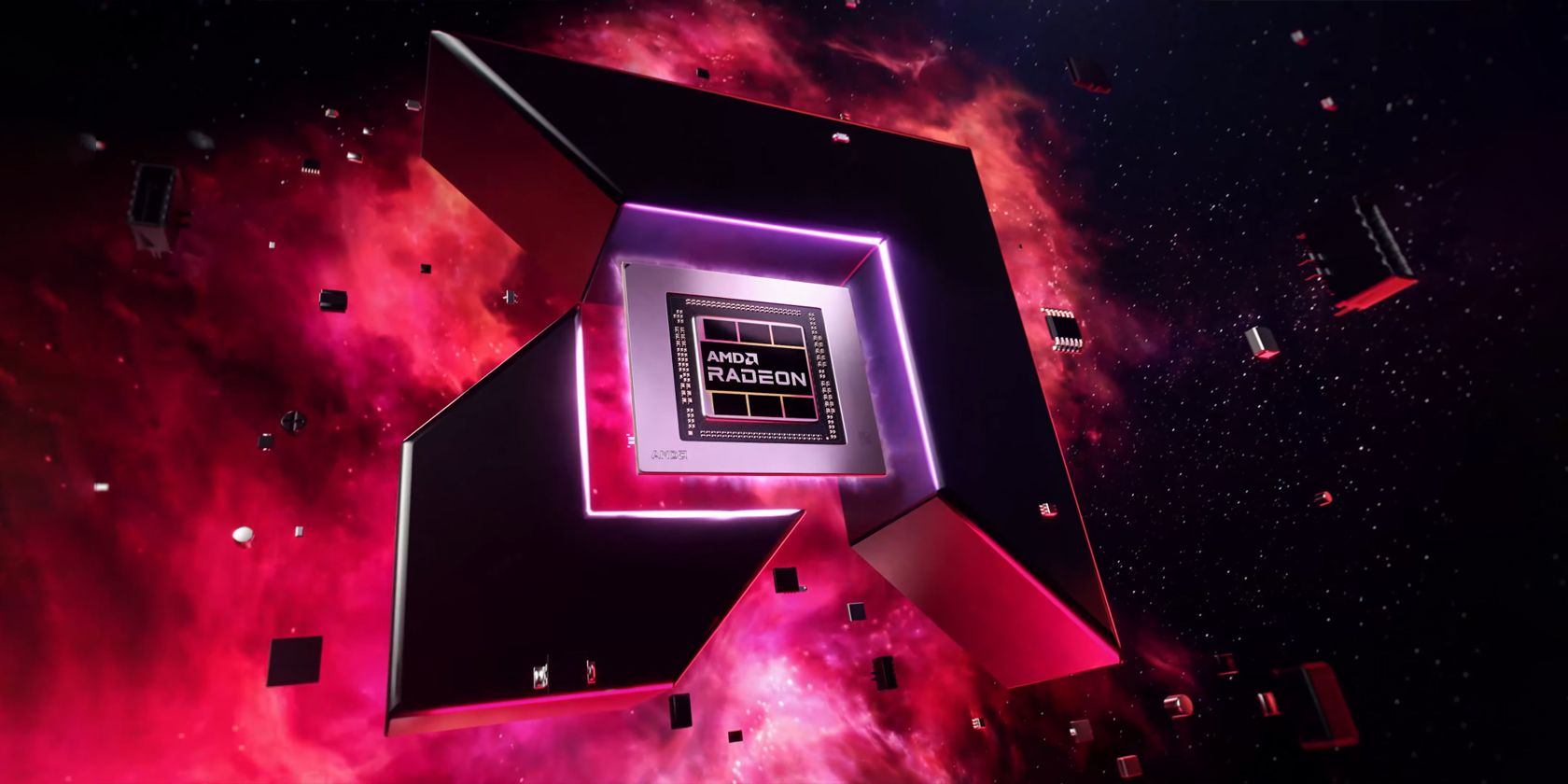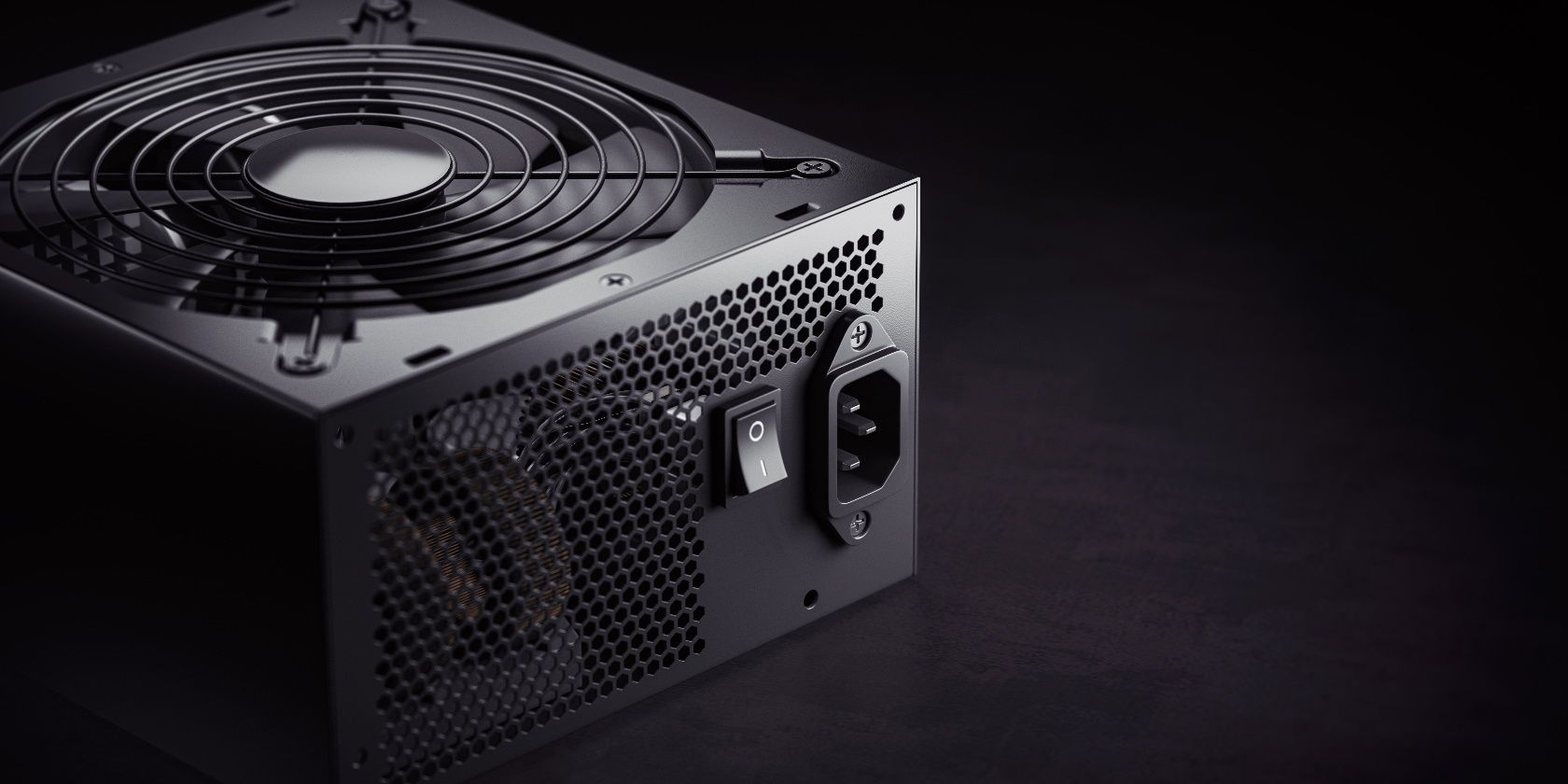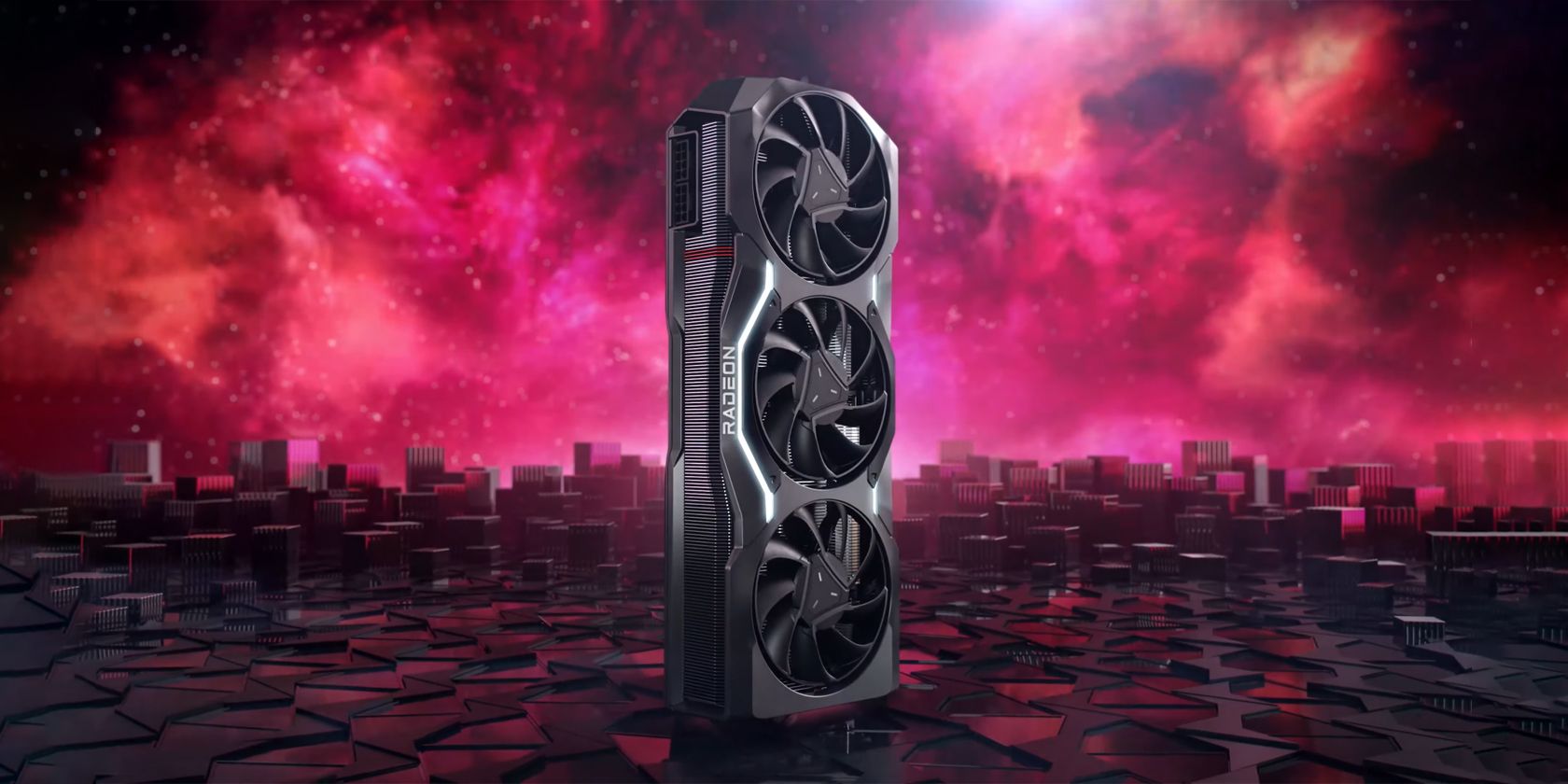AMD's most powerful GPU, the Radeon RX 7900 XTX, costs only $999—a price that undercuts NVIDIA's $1,599 GeForce RTX 4090 by over a third. Similarly, the 7900 XTX is only rated for 355 watts, making it over 20% more efficient than NVIDIA's offering.
So, how will this affect NVIDIA's standing in the gaming GPU space? Will AMD finally take the GPU crown from it? Let's find out.
NVIDIA Is the GPU Performance King
If you compare GPUs across the generations, many would argue that NVIDIA has almost always delivered better performance. You can see this gap clearly in recent years, where NVIDIA's Ray Tracing technology allowed it to provide the power needed to create ray-traced scenes seamlessly.
Even AMD's highest RX 6000-series, the 6960 XT, performed behind NVIDIA's best 3000-Series GPU in our 6950 XT vs. 3090 Ti GPU comparison. That's why many who want the most powerful video card typically choose an NVIDIA product.
The RTX 3000- and 4000-Series Are Too Expensive
However, because NVIDIA is dominating the GPU market, many feel that its prices are on the verge of being unreasonable. For example, the RTX 3090 Ti's launch price is a ghastly $1,999, and the new RTX 4090, although more affordable than the former, is still priced at $1,599.
And while you may say that these cards are naturally expensive because they're top-of-the-line, even NVIDIA's entry-level and mid-range cards, like the RTX 3050 and RTX 3070, are 20% more costly than their equivalent Radeon RX counterparts.
In fact, NVIDIA's 3000- and 4000-Series GPUs are priced 25% higher on average than the equivalent AMD 6000- and 7000-Series Radeon RX cards.
The Power of RDNA3
Even though NVIDIA's Ada Lovelace microarchitecture added key improvements to the 4000-Series GPUs, AMD did not just sit on the sidelines. Instead, they worked on the RDNA microarchitecture, releasing RDNA3 in early November 2022.
RDNA3 uses a chiplet design for its processor—the first in a GPU—to deliver enhanced performance while maintaining excellent power efficiency. It also allowed AMD to have a modular approach when building its video cards, allowing the company to get better yields from processor production.
This modular approach also lets AMD pick and choose different dies as needed, striking the perfect balance between performance and power efficiency.
With the improved processor yields and the ability to pick different dies, the RDNA3 microarchitecture allows AMD to create video cards comparable to NVIDIA's offerings at a fraction of the cost.
Better Power Efficiency, Smaller Size
Because of RDNA3's modular design, where AMD uses different dies based on the GPUs requirements, it was able to create a video card with better power efficiency. As a result, the Radeon RX 7900 XTX only has a maximum board power of 355 watts—95 watts less than the 4090's 450-watt requirement.
This lower power requirement means that AMD's GPUs will produce less heat. This, in turn, means that AMD does not have to make its video cards massive. With less produced heat, AMD can install a smaller heatsink and cooling system on the 7900 XTX compared to the 4090, resulting in a physically smaller card.
And since the 7900 XTX only requires 25 more watts than the last-generation 6950 XT, you most likely don't need to upgrade your PSU when getting the latest and greatest AMD GPU. But if you see these signs from your power supply, you definitely need to upgrade it.
Will the 7900 XTX Offer Better Price-to-Performance Ratio Over the RTX 4090?
While the RTX 4090 will likely take the throne regarding GPU performance, the 7900 XTX seems to be nipping at its heels. AMD is hard at work developing its Radeon RX video cards, and its recent discrete GPUs from the RX 5000 and RX 6000 series shows it.
However, we can't definitively say that the 7900 XTX offers better value than the RTX 4090 just yet. That's because these GPUs will only be available from December 13, 2002. So, until that date, we can only rely on data from AMD's internal testing.
When reviewers finally get their hands on actual retail units, we will finally see how the 7900 XTX and the 7900 XT will actually perform when installed in the CPU cases of real-world gamers.
AMD as the King of GPUs: Not Yet, But Soon
For now, NVIDIA is still in the lead regarding GPU performance. However, AMD is closing that gap—and fast. If NVIDIA keeps selling its video cards at a substantial premium, gamers might just choose AMD Radeon RX GPUs—especially as its RDNA architecture is slowly but surely catching up with NVIDIA's performance.

